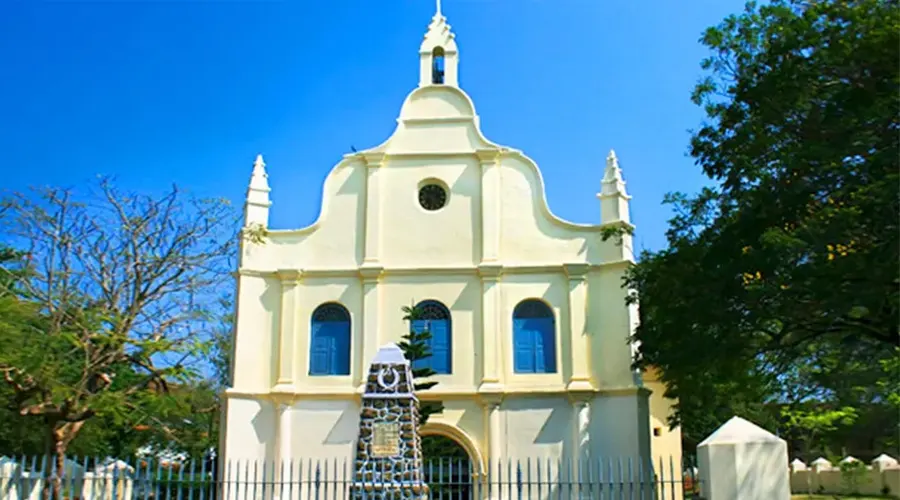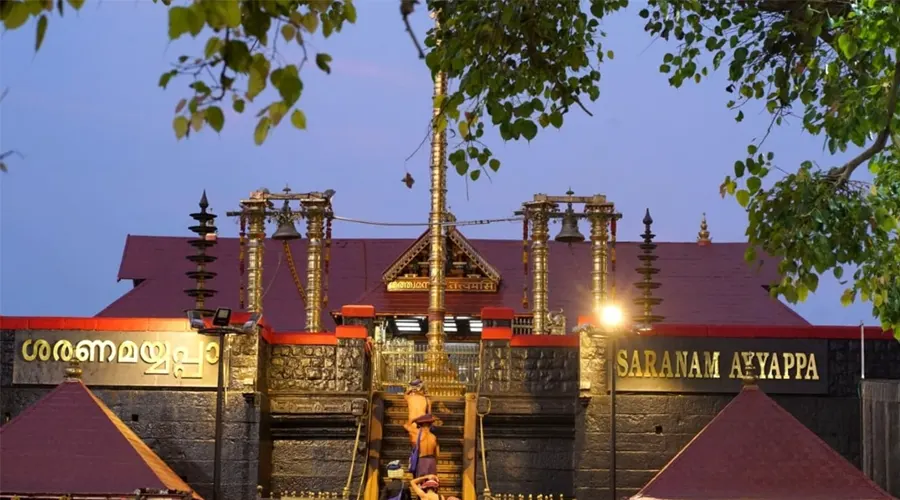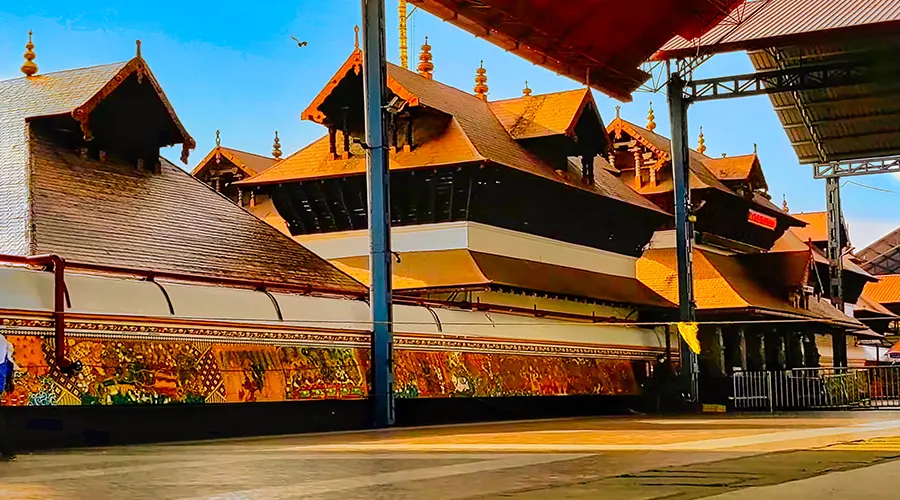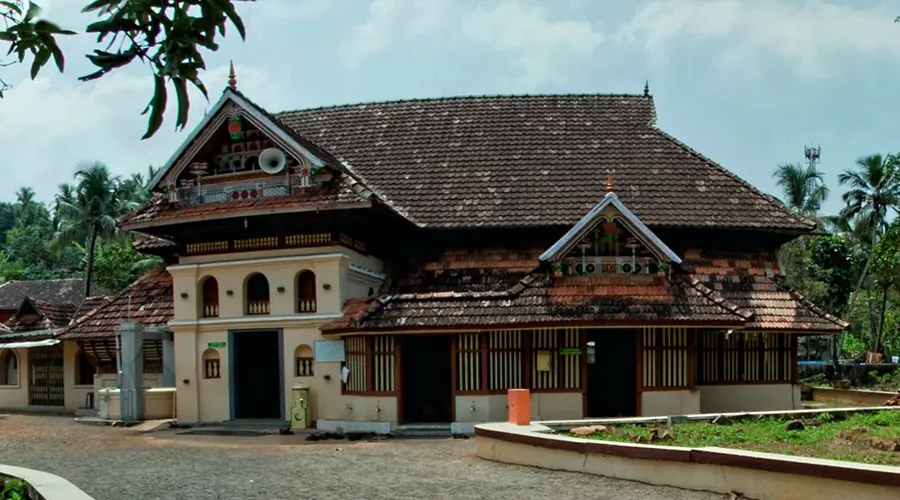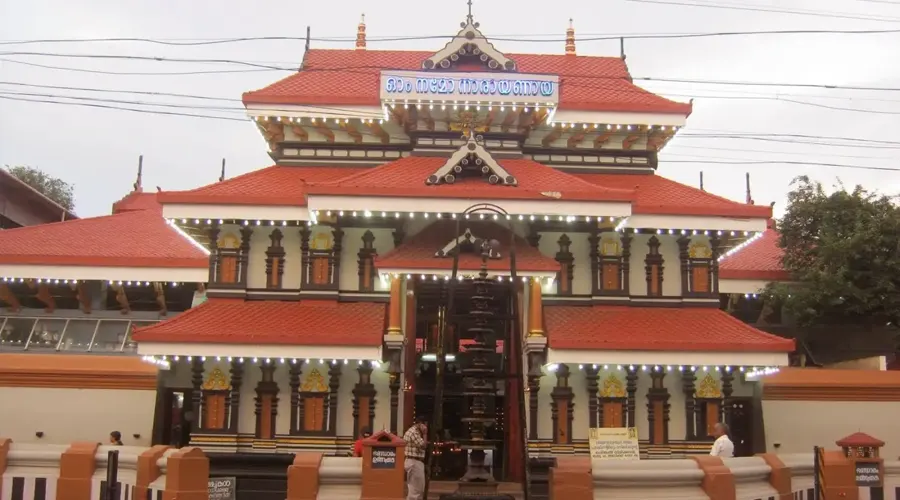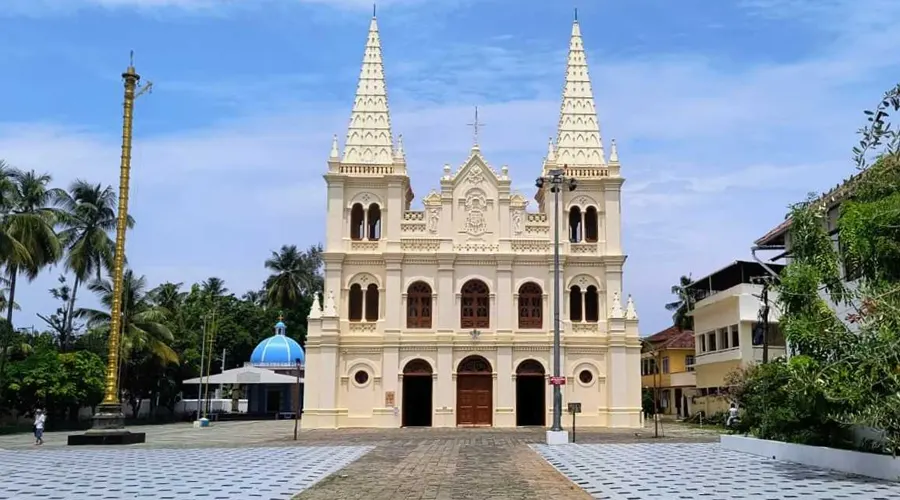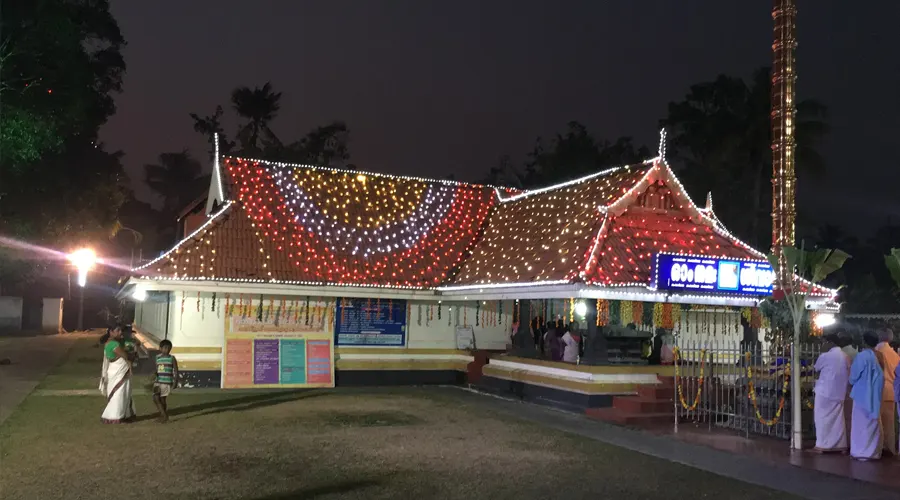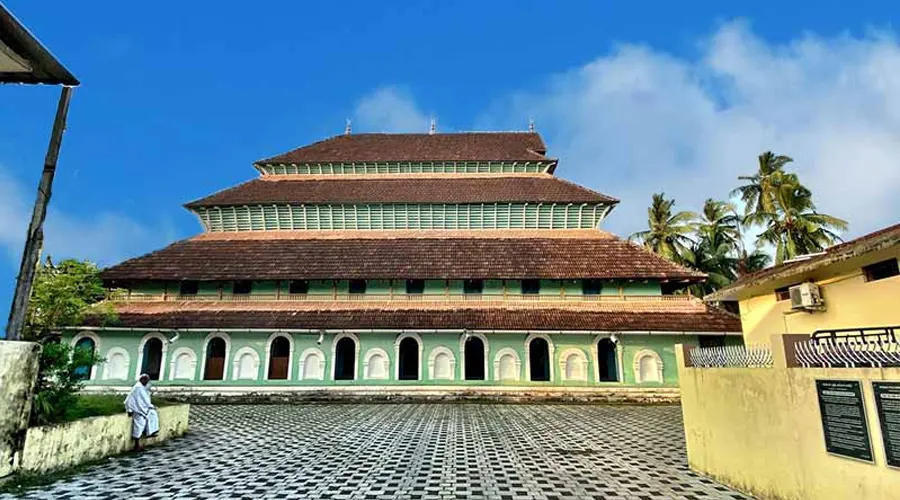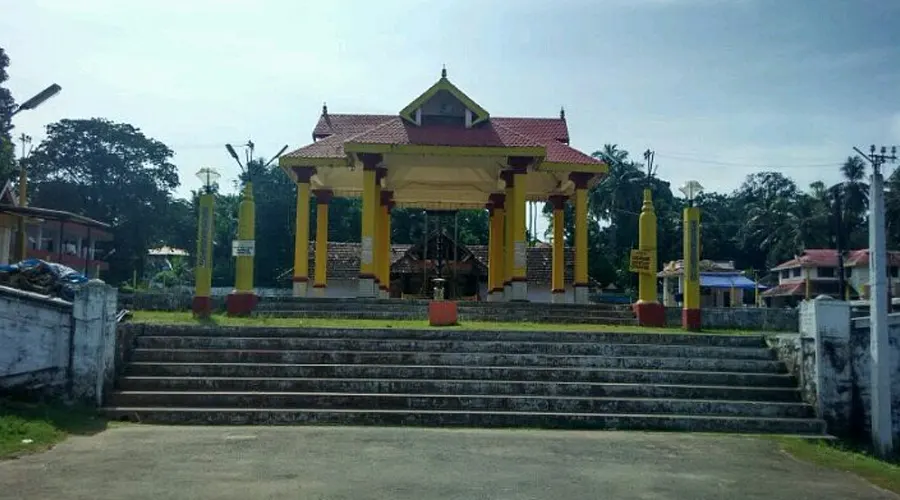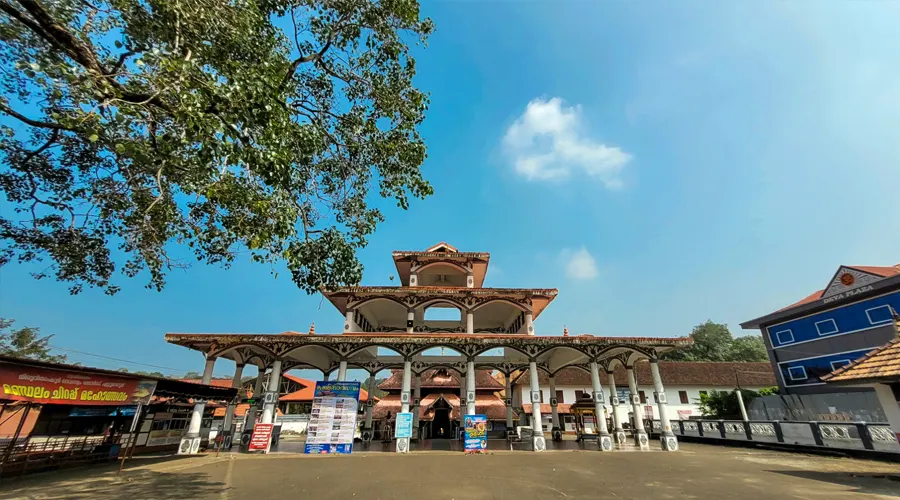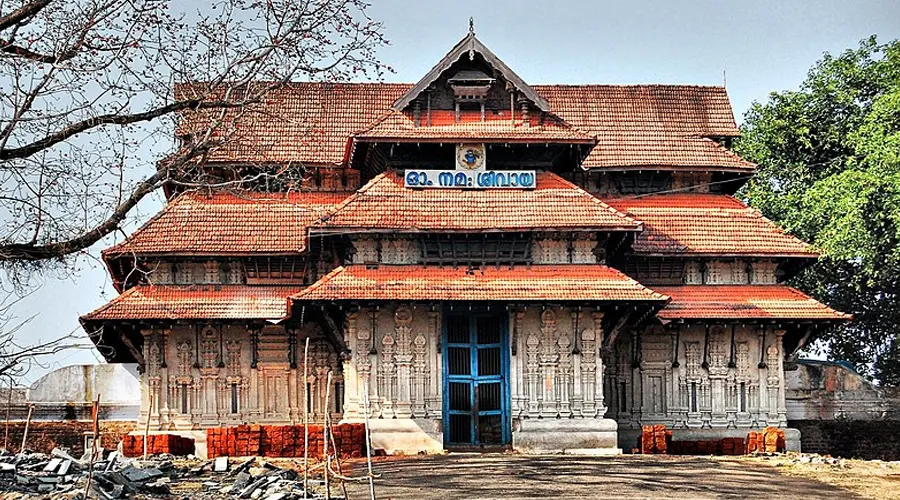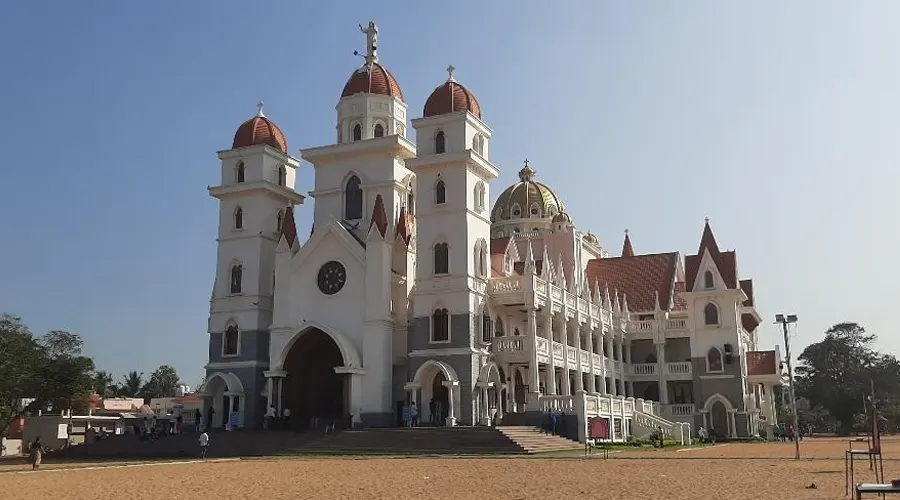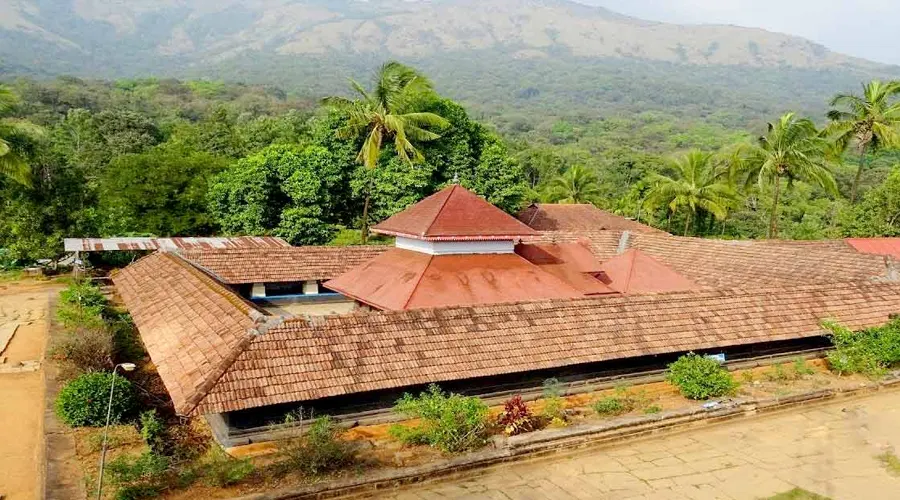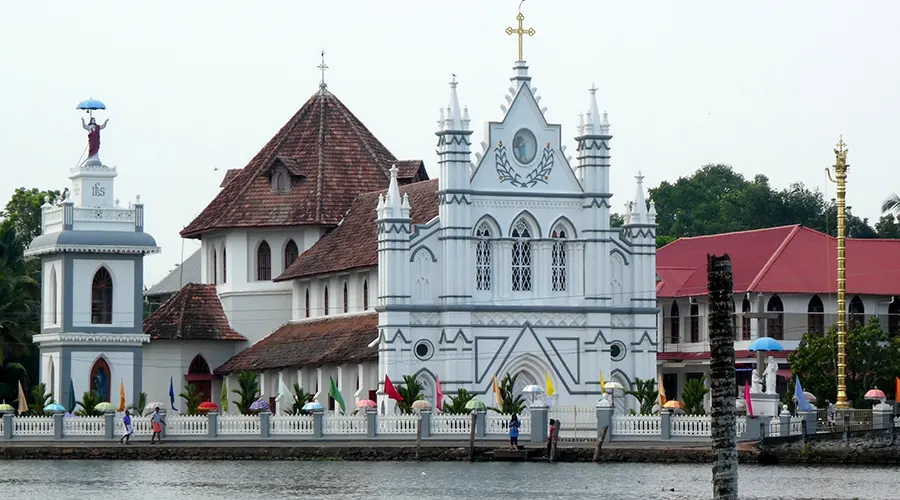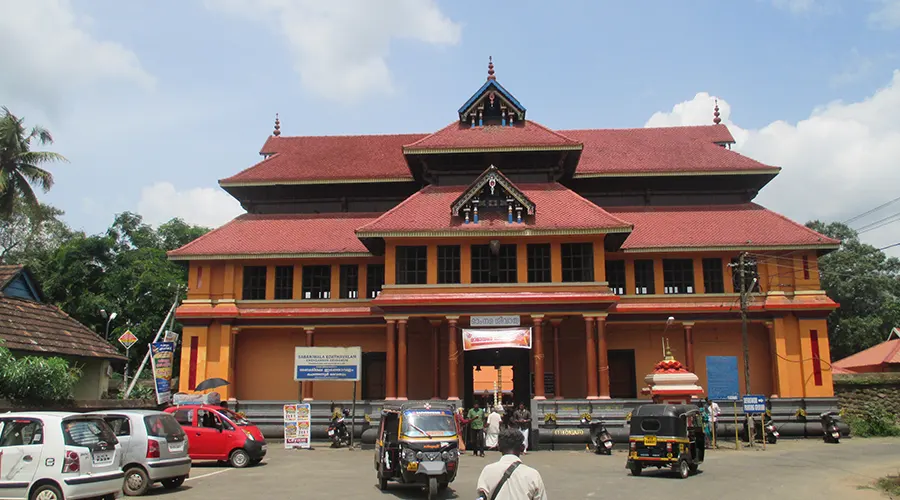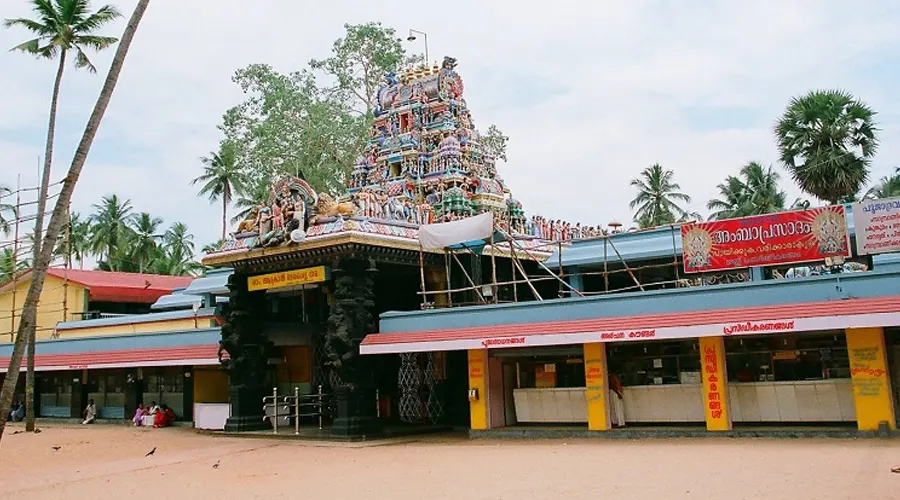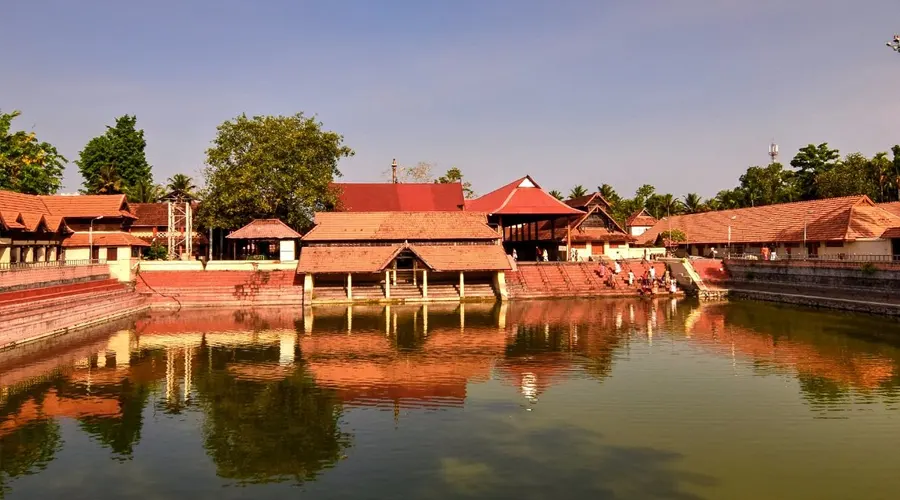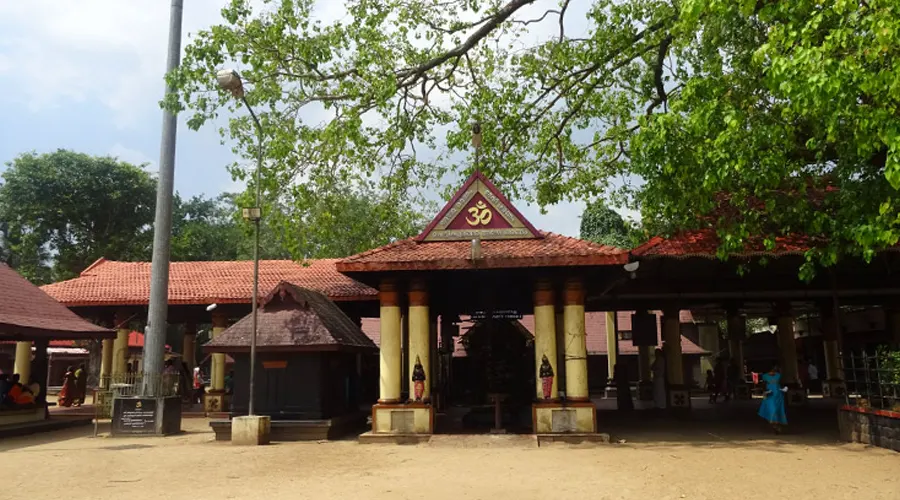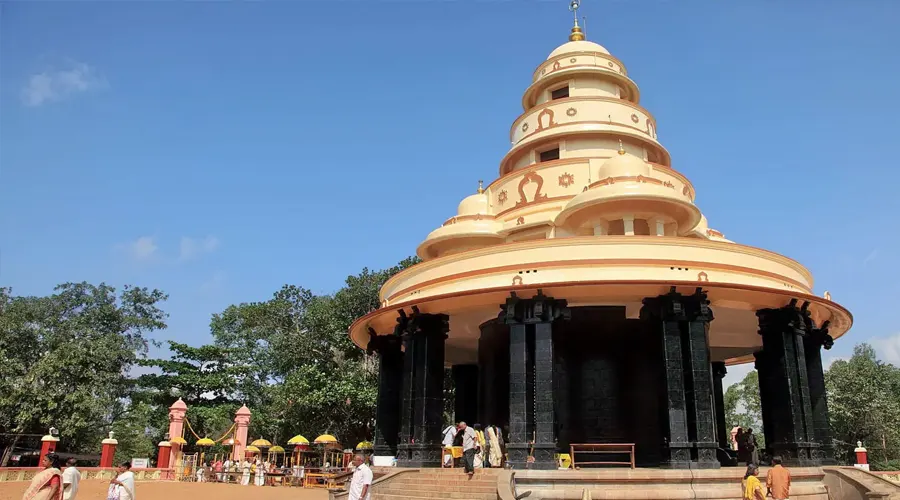St. Francis Church
Distinguished for its beautiful architecture and ambiance, St. Francis Church is believed to be one of the oldest churches in India, which was made by the Europeans. It's a landmark where the body of the late legendary explorer Vasco da Gama was buried. According to the legend, Vasco da Gama who was the first European to discover a route in India last breathed at this place in the year 1524.
It was his third visit to this church and his body was buried here itself. It is said that his remains were shipped to Lisbon after 14 years, but the gravestone is still seen in this church. Tourists from different parts of the world visit here to see the gravestone of Vasco da Gama.
History of St. Francis Church
The history of St. Francis Xavier's Church dates back to 1503. It was earlier built by Portuguese traders who came here with Admiral Pedro Alvarez de Cabral through the same route taken by the legendary Portuguese explorer Vasco da Gama, who landed at Calicut in the year 1498.
Earlier, the church had a simple wooden structure dedicated to St. Bartholomew. In the year 1506, the Raja of Cochi permitted the Portuguese Viceroy 'Dom Francisco Almedia' to renovate the structure in stone. Then the new church was built in the year 1516 and dedicated to St. Antony and the ownership of the St. Francis Church was given to the Dutch, who captured Kochi in the year 1663.
Then the church was converted into a government church in 1795. Later it was under the control of the British when they captured Kochi from the Dutch. Then in the year 1923, the church became a protected monument under the Protected Monuments Act of 1904.
Architecture of St. Francis Church
The church has a lofty structure with a gabled timber-framed roof covered with tiles. A stepped pinnacle is constructed on both sides of the façade, which is very impressive and retains the old-world charm.
The interior of the church provides a magnificent view with two stepped pinnacles crowning the top of the chancel roof and with the plain arched opening that divides the chancel from the nave. The old-world charm and magnificence are very visible in every element of the church – be it the pulpit made of wood decorated with carvings, the confessional, the baptism platform, book rests, or the offering.
There also stands a cenotaph in the middle of the lawn and it was built in 1920 in remembrance of the Kochiites who laid down their lives in World War I.

